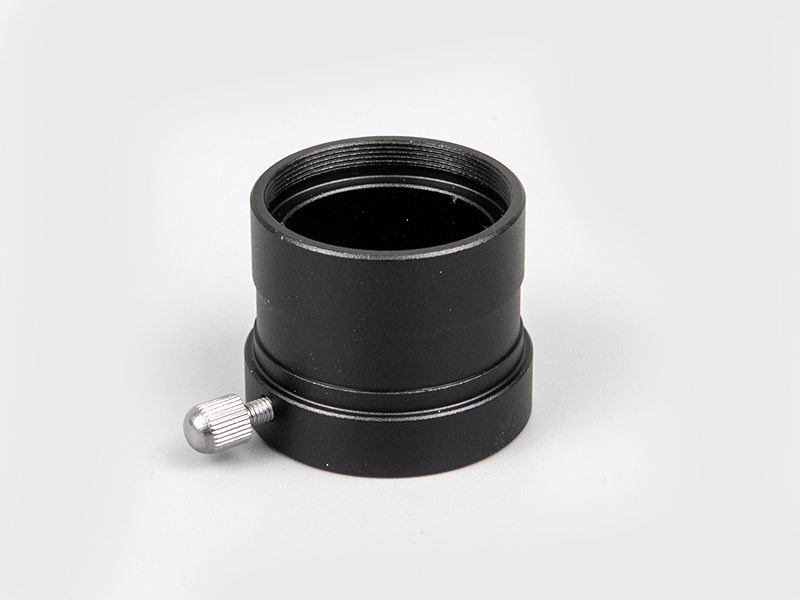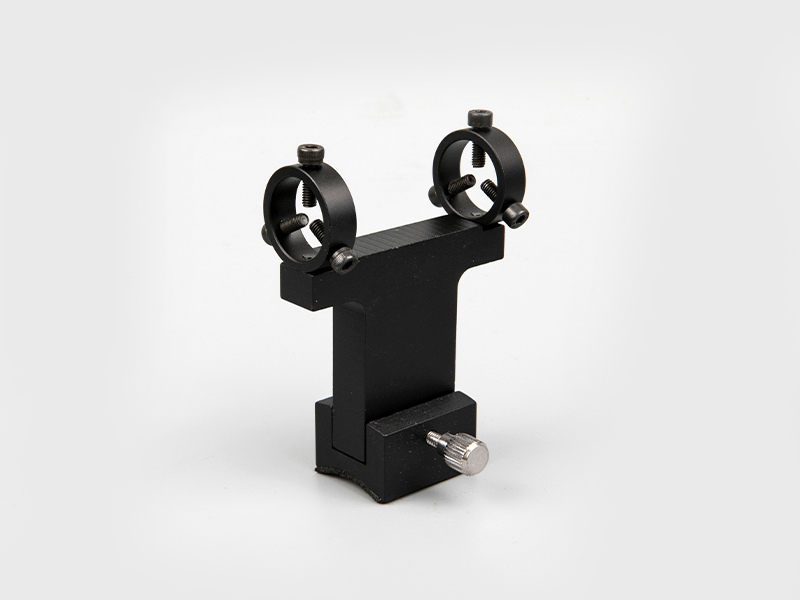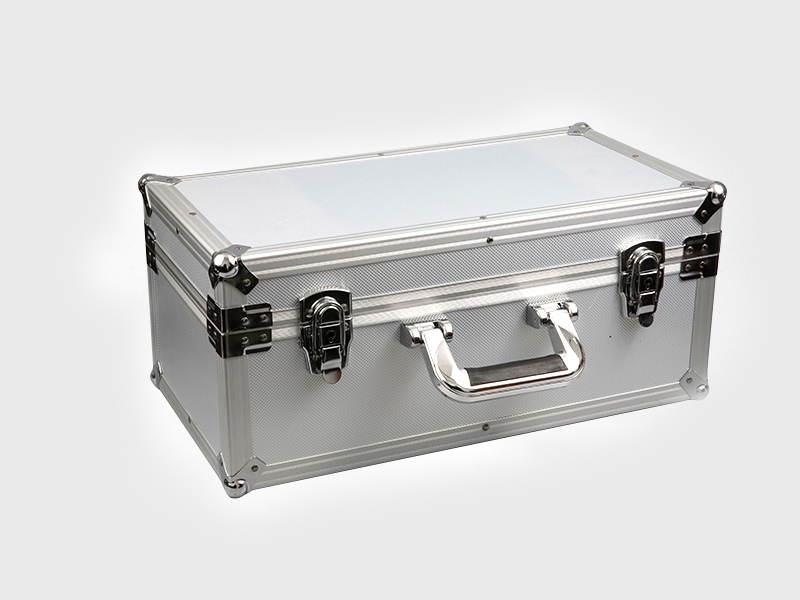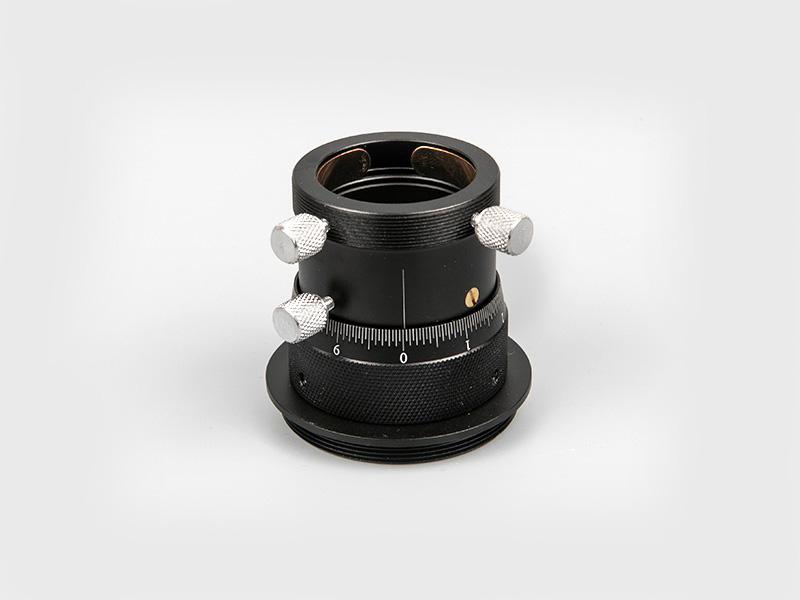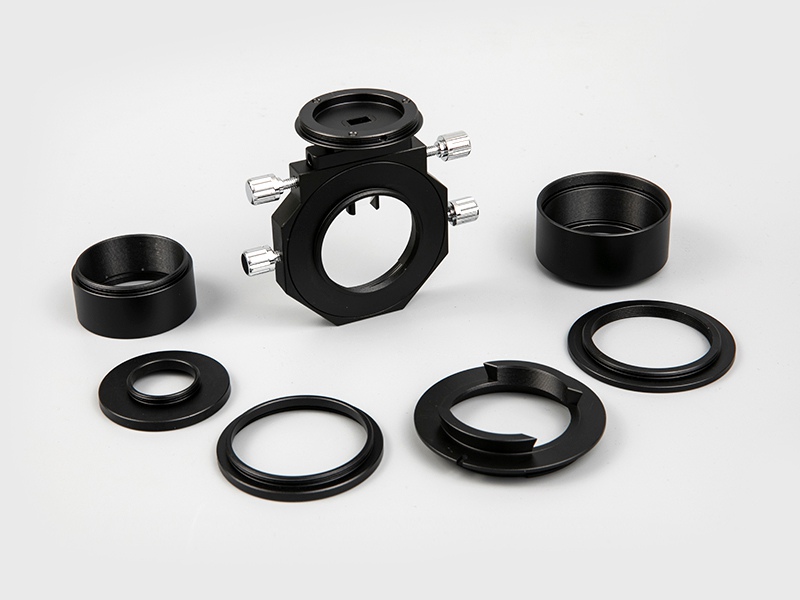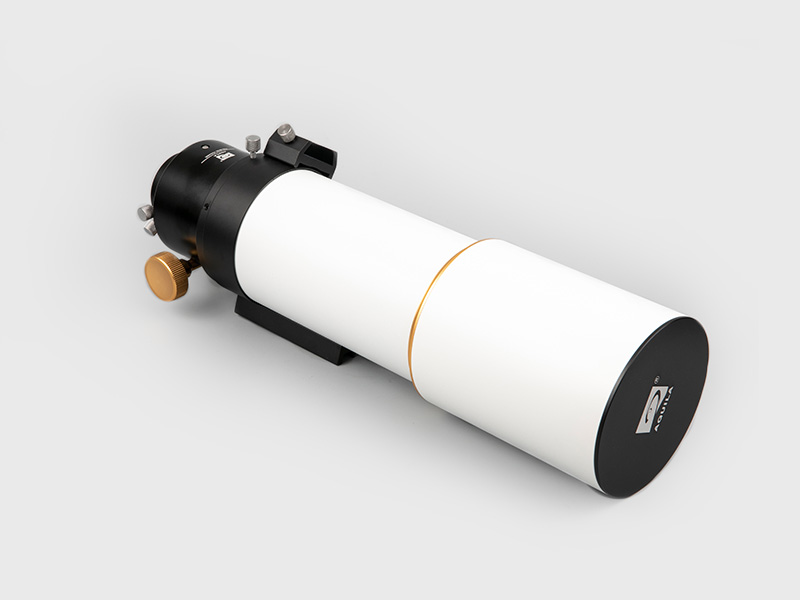Binoculars (or binoculars for short, or field mirrors) are telescopes made by connecting two identical or mirror-symmetric telescopes side by side on a shelf so that they are always aligned in the same direction. The user can observe the distant scene with both eyes at the same time through it. Binoculars provide a higher sense of depth and distance than monoculars. Binoculars can also be a combination of two short refracting telescopes, which are used to view distant objects.
The most common binoculars are the size that fits in with both hands. It includes an internal reflection system that can shorten the length of the telescope and make it shorter than the focal length of the lens. In addition, it can increase the distance between the objectives to improve the sense of depth. All common binoculars are Galilean, or use prisms to present a positive image.
Large binoculars are relatively heavy and difficult to hold stably, so they are generally fixed on a tripod or other support. During the Second World War, the United States made very large (10 tons) large binoculars with a fairly long objective lens (15 meters) to determine the distance of a sea target 25 kilometers away. The largest binoculars in the world are the Large Binocular Telescope (LBT) located in Arizona, USA.
Features
Binoculars binoculars
Binoculars have the advantages of clear and bright imaging, large field of view, easy to carry, and low price. They are very suitable for astronomers to survey the sky and observe nebulae, star clusters, comets and other planar objects. When observing with binoculars on a clear and moonless night, it can be seen that the wide field of view is densely covered with stars, and occasionally one or two nebulae and star clusters are dotted in it, which is refreshing.
Compared with monoculars, binoculars can give the user a sense of three-dimensionality: it produces a slightly different image in each eye of the user, and these two images are synthesized in the user's brain to have a sense of depth. The user can use this to estimate the distance. The binoculars are also more comfortable to use when in use, and the user does not need to close one eye or use a baffle to avoid visual confusion. In addition, it is easier to hold and move the binoculars steadily than to hold a monocular, because the three points of the hands and the head can form a stable plane, and the three points are at one when holding the monocular.
If you have been using high-magnification, long-focus astronomical telescopes in the past, and you may not realize that you have lost a lot of the pleasure of observation, then please try the binoculars. Deep intoxication. Due to the wide range of uses of double simple mirrors, there are many varieties of them in the market and their performances vary greatly.
Binoculars are also very useful astronomical observation tools. You can use it to watch a ball game, a concert or a bird in the sky. You can also use it to admire the Milky Way, two million light-years away, the potholes on the moon, several moons around Jupiter, and countless stars.
Many people mistakenly think that binoculars are ineffective in astronomical observation. In fact, it is a favorite tool of many experienced astronomical observers. [1] For beginners, it is the ticket to the gate of astronomical observation. Binoculars are not expensive, you can buy a good pair of binoculars for only a few hundred dollars.
Each pair of binoculars is marked with a set of numbers such as 7x50. The first number "7" on the specifications of the binoculars refers to the "magnification", and the second number "50" refers to the lens diameter. The seven-fold model is a best-selling model that will make every item viewed seven times closer. You can also buy 10x, 16x, maybe you think high magnification is necessary for astronomical purposes, but it is not. A pair of 7x binoculars is good enough, and then we will talk about the advantages of 7x over most high-magnification models.
principle
Binoculars use a refraction system, which can be divided into Galileo and Kepler. Galileo-type binoculars have simple structure, low light energy loss, short lens barrel, and low price. However, their magnification generally cannot exceed 6 times. If the magnification is increased, the field of view will rapidly decrease. The edges become darker. Image quality will also decrease, so this type of binoculars is used less. The most common one is the Kepler type binoculars. Its field of view is larger than that of the Galileo type and the image is clearer. However, the Kepler type binoculars form an inverted image. A rotating image prism or a rotating image lens is added to the optical path. These rotating image devices are indispensable for ground observation. But the image is not important for astronomical observation, but the image telescope can bring convenience for beginners to find stars.


 English
English 日本語
日本語 Deutsche
Deutsche España
España
